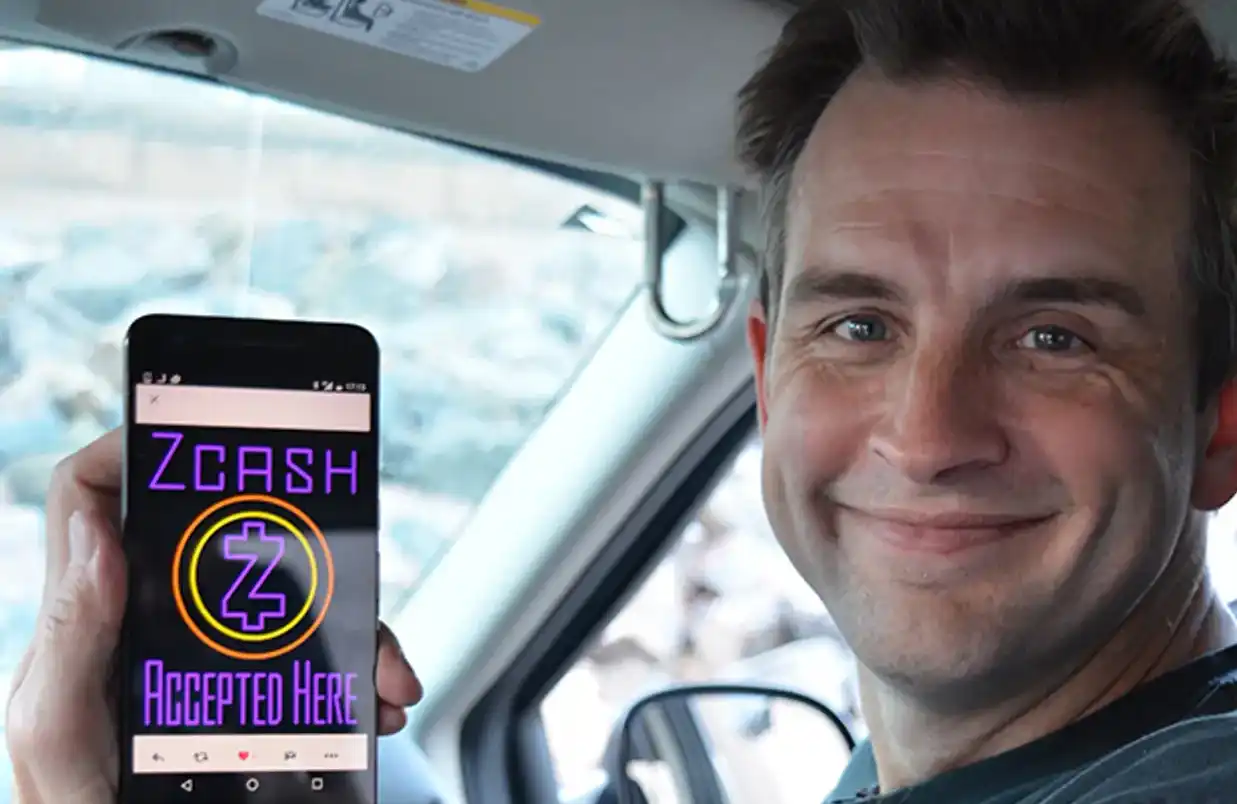In a significant development for the cryptocurrency world, a U.S. federal judge has made a pivotal decision, lifting a freeze on a substantial sum of USDC . This unfreezing, totaling $57.6 million, is directly associated with the intriguing Libra memecoin project. This ruling marks a crucial moment for those involved and offers insights into the evolving landscape of crypto legal battles.
What Led to the Libra Memecoin Unfreeze?
The decision to unfreeze the $57.6 million in USDC came from U.S. Judge Jennifer L. Rochon. Her ruling, as reported by Wu Blockchain on X, was based on several key factors:
- Cooperation from Defendants: Hayden Davis of Kelsier Labs and Ben Chow of Meteora, who managed the assets, demonstrated full cooperation with the court. Their willingness to engage with the legal process played a significant role.
- Lack of Irreparable Harm: The plaintiffs failed to adequately prove that they would suffer irreparable harm if the assets remained frozen. This is a critical legal standard for maintaining such injunctions, requiring concrete evidence of potential damage.
- Questionable Case Strength: Judge Rochon also expressed doubts about the plaintiffs’ likelihood of ultimately winning the case. This suggests a weak foundation for their claims against the Libra memecoin-related funds.
This comprehensive assessment by the judge highlights the rigorous scrutiny applied to asset freeze requests in the digital asset space.
Why is This Unfreezing Significant for Crypto?
The unfreezing of these substantial funds associated with the Libra memecoin sends a powerful message to the broader cryptocurrency community. It underscores the importance of due process and the necessity for plaintiffs to present robust evidence when seeking asset freezes.
This ruling could set a precedent, indicating that courts are increasingly scrutinizing claims against crypto projects, demanding concrete proof of wrongdoing and potential harm. It suggests a move towards a more balanced approach in crypto litigation, where allegations must be backed by substantial evidence rather than mere suspicion.
For developers and participants in the memecoin space, this outcome offers a glimmer of reassurance. It shows that responsible conduct and cooperation with legal authorities can lead to favorable resolutions, even amidst challenging legal disputes. This case reinforces the notion that even in the dynamic world of digital assets, legal principles of fairness and evidence prevail.
What Does This Mean for Memecoins and USDC?
Memecoins, like the Libra memecoin, are a unique and often volatile segment of the crypto market. They typically gain value through community enthusiasm and social media trends rather than fundamental utility. This case, however, involves the legal handling of significant funds linked to such a project, demonstrating the growing intersection of traditional law and novel digital assets.
The fact that the assets were held in USDC , a prominent stablecoin pegged to the U.S. dollar, is also noteworthy. USDC is designed for stability, making it a common choice for holding value within the crypto ecosystem. The unfreezing of such a large sum in a stablecoin reinforces the legal system’s ability to navigate and rule on digital asset holdings, regardless of their underlying project type.
This development could contribute to increased confidence in the legal framework surrounding digital assets. It demonstrates that while the crypto space is innovative, it is not beyond the reach of traditional legal principles, particularly regarding asset protection and due process. The ruling provides clarity and a sense of judicial understanding in a rapidly evolving financial landscape.
The unfreezing of $57.6 million in USDC tied to the Libra memecoin is a landmark decision. It highlights the judiciary’s careful consideration of evidence, the importance of defendant cooperation, and the growing maturity of legal interpretations in the crypto sector. This ruling provides a vital precedent for future cases, emphasizing fairness and the necessity of concrete proof in asset freeze disputes within the dynamic world of digital currencies.
Frequently Asked Questions (FAQs)
Q1: What is the Libra memecoin?
A1: The Libra memecoin is a cryptocurrency project that, like other memecoins, likely gained popularity through internet trends and community engagement, rather than traditional utility or fundamental value.
Q2: Why were the $57.6 million in USDC assets frozen initially?
A2: The assets were frozen due to a legal dispute, presumably initiated by plaintiffs who sought to prevent their movement, alleging some form of harm or claim related to the Libra memecoin project.
Q3: Who are Hayden Davis and Ben Chow, and what was their role?
A3: Hayden Davis of Kelsier Labs and Ben Chow of Meteora were responsible for managing the frozen USDC assets. Their cooperation with the court was a key factor in the judge’s decision to unfreeze the funds.
Q4: What is USDC and why is its involvement significant?
A4: USDC (USD Coin) is a stablecoin pegged to the U.S. dollar, meaning its value aims to remain stable at $1. Its involvement is significant because it shows the legal system’s ability to handle asset freezes and releases for widely used digital currencies, including those linked to projects like the Libra memecoin.
Q5: What does ‘irreparable harm’ mean in this legal context?
A5: In legal terms, ‘irreparable harm’ refers to damage that cannot be adequately compensated by monetary damages alone. For an asset freeze to be maintained, plaintiffs typically must prove they would suffer such harm if the assets were not frozen.
Did you find this article insightful? Share it with your friends and colleagues on social media to spread awareness about this crucial legal development in the crypto space!
To learn more about the latest crypto market trends, explore our article on key developments shaping Bitcoin and Ethereum price action.



